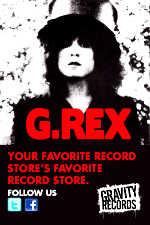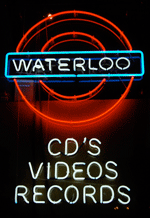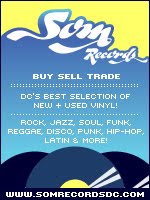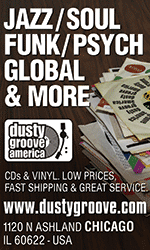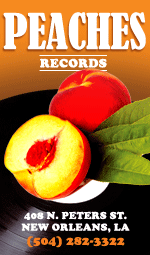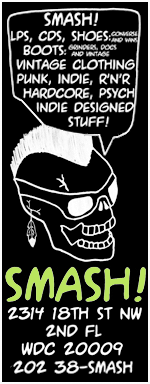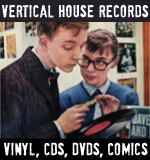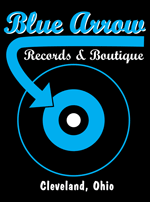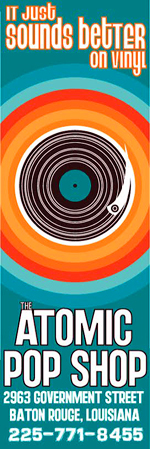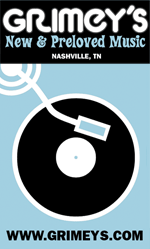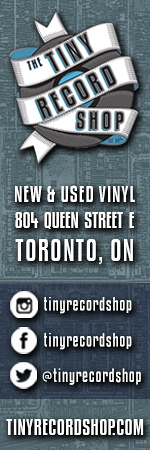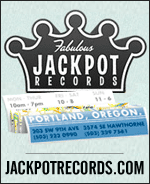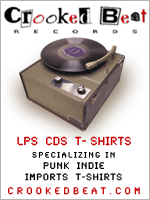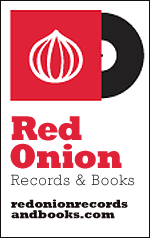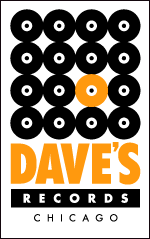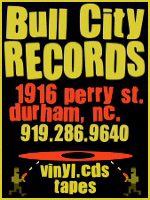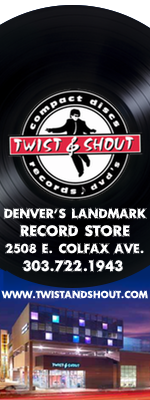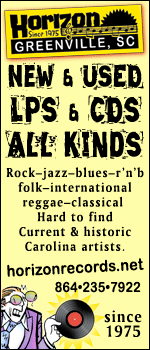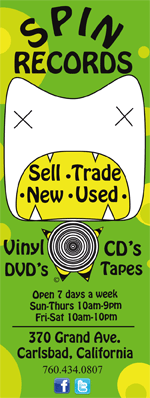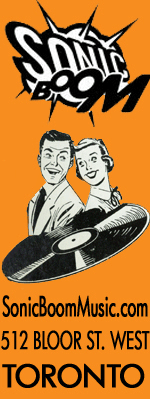
Marking just its 15th anniversary, Record Store Day is now an established enough cultural event to warrant its own book. Record Store Day: The Most Improbable Comeback of the 21st Century (Rare Bird, $20) by Larry Jaffee tells the tale of the triumph of vinyl as music’s hard copy of choice in part because of the annual day that calls attention to the mom and pop stores that have been the mainstays of the record business, and to celebrate the format that has not only just survived but is recently thriving.
In it, Jaffee recounts the rise of vinyl sales in recent years, concurrent with the increasing embrace of Record Store Day, including testimonials from a number of artists to the vinyl format and their formative years hanging out in such cherished places. “The timing was good,” Jaffe says in an interview. “I think it was better they waited until 15 years as opposed to ten, because the story is so much better at this point and had this really unusual arc to it in the sense that the pandemic changed the game for a lot of stores especially, and labels.”

“Nobody knew how much effect being closed for four months, for example, would have,” Jaffe says. “What it did was to force certain stores who wouldn’t have done e-commerce to get up to speed on doing online sales. One of the great things also was how the industry shared information on best practices to keep everyone safe.”
It was also in recent years that vinyl re-emerged as music’s top physical object after years of being dominated by the compact disc. Jaffee had been commissioned to write the book by Record Store Day co-founder Michael Kurtz after covering the vinyl resurgence for a number of publications. He traces its beginnings to a 2007 conference of three major independent record store coalitions that had been “friendly rivals” before.
“It was at that conference, the record day concept was green-lit,” Jaffee says. “The funny thing is they waited until the morning of last day to try to get support for this concept and there were only 10 people around, so I did my best to track down each of those people.” Of them, some were still hung over or otherwise recovering from the partying that had gone on the night before. “A few of the principals couldn’t even give exact details of what happened.” he says. “But enough did.”
Inspiration came in part from another coalition of indie stores, comic book shops. Its annual Free Comic Book Day drew customers in with free titles, but record store day couldn’t operate in quite the same way. “It’s expensive to make records,” Jaffe says. “What they had in common was to get people excited about coming back into the store.”
That excitement came in the exclusive, limited-edition titles made available on Record Store Day that routinely causes lines around the block from music fans each year. But there was more than that. “It’s about throwing a party—the importance of the stores in those neighborhoods,” Jaffee says. “The CD era never had that same relationship with the consumers. I think Record Store Day restored that sense of community.”
Some executives, including a buyer for Amoeba Records, said he was skeptical of Record Store Day in the beginning. “He didn’t know if it was just going to be a fad, or a gimmick,” he says. “But he said by the first or second year, he realized from the excitement it’s something that it’s sticking.”
The support of major artists were key to the event’s success from the beginning. Metallica agreed to sign albums in 2008, “for like five hours at Rasputin in Northern California,” he says. “They chose that store because it was the largest they could find to accommodate that kind of crowd.”

Setting up a pop-up store at Coachella in the early years was also part of the success. “You’re wondering what’s the logistics are of putting records in the desert, but they found a way to air condition pop-up stores and it worked out okay,” Jaffee says.
The book’s testimonials from artists had been collected by Record Store Day since its beginning. Not only do many of them mention specific record stores they frequented during their formative years, others found a way to spend their days there. “People like Adam Duritz of Counting Crows or Jeff Tweedy from Wilco, a lot of these individuals worked in record stores when they were younger,” Jaffee points out.
Jaffee will be spending his Record Store Day this year a little differently. “I’m doing book signings at two Manhattan stores and then I’m going to Long Island to Looney Tunes to talk about the book.” A lot of independent stores will be carrying the book, and it will be available online.
But, perhaps taking its cue from the limited-edition, lavishly packaged commodities snatched up on Record Store Day, a deluxe, limited edition version of the book comes with its own 12-inch vinyl album, featuring an array of in-store performances from top artists from Paul McCartney, Metallica and Pearl Jam to Billie Eilish, Brandi Carlile, Jason Isbell, Regina Spektor, and Mudhoney.















